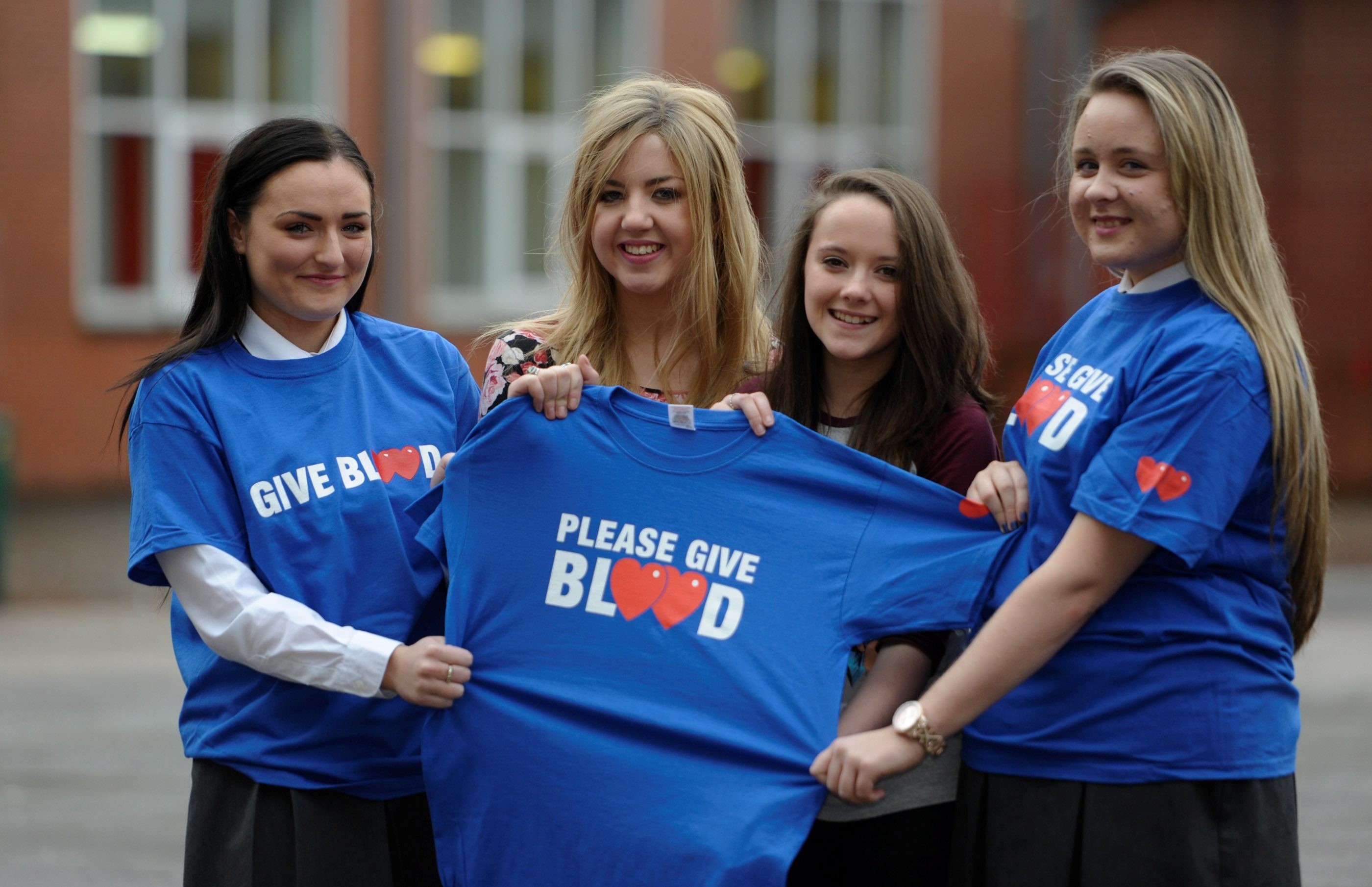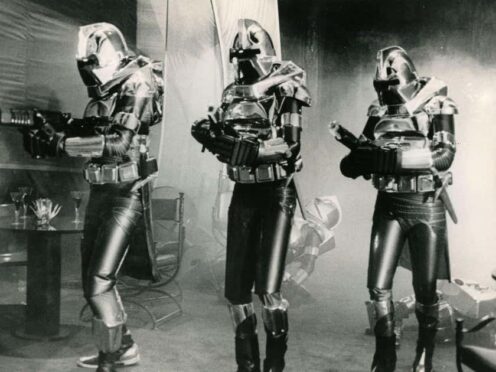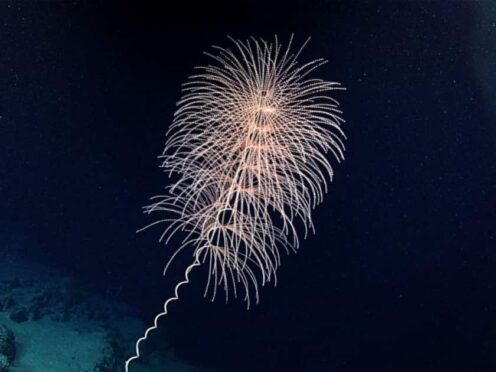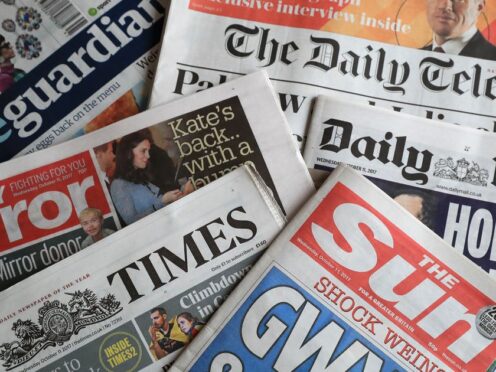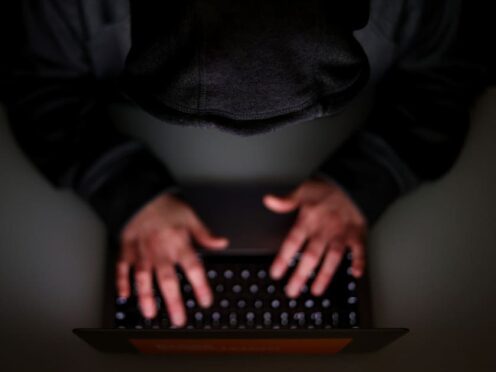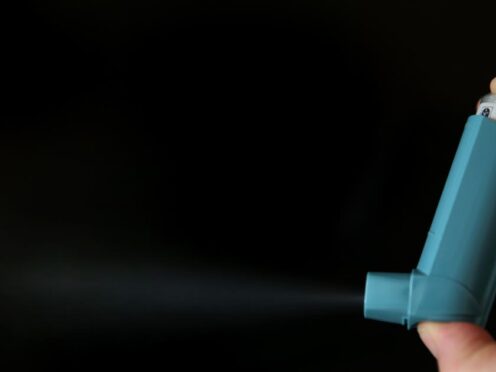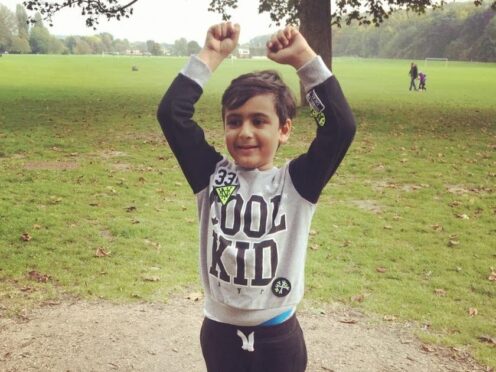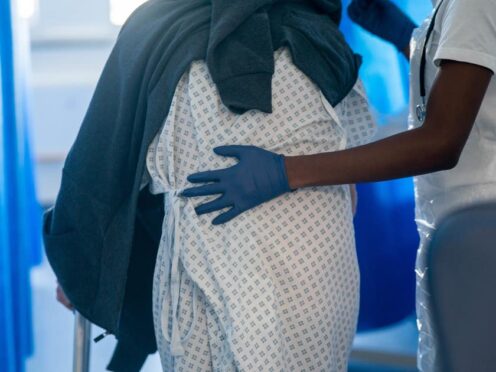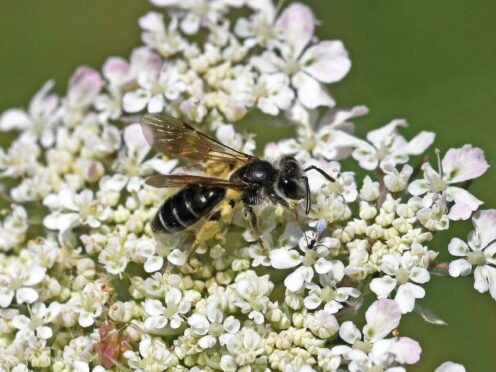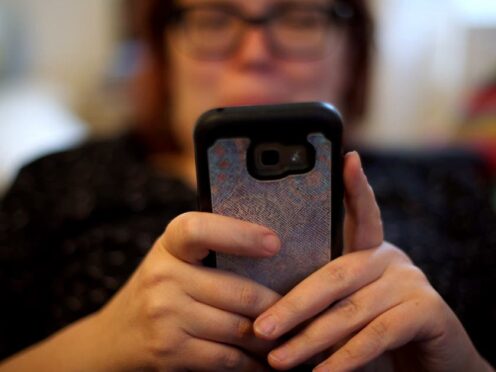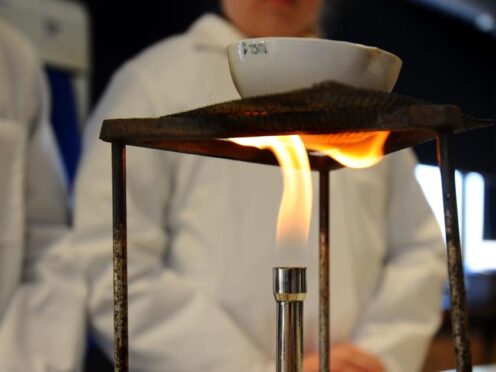Nearly 3,000 people were blocked from donating blood in Tayside and Fife last year, The Courier can reveal.
A handful of potential good Samaritans were rejected because of laws banning sexually active gay men from making such donations.
Campaign group Stonewall Scotland has slammed the law as “discriminatory and flawed” and urged health secretary Shona Robison to change the rules.
In Tayside, 1,464 people were told they weren’t eligible for a variety of reasons, while 1,301 were similarly rejected in Fife.
However, the figures could be even higher as NHS Scotland admitted it didn’t know the location of a further 2,223 people who were prevented from donating.
Across Scotland, the amount of available blood falls below target levels for approximately one month each year.
Most people who were told they couldn’t donate were stopped because of health concerns over issues such as their haemoglobin levels, or because they were awaiting results from other blood tests – including malaria.
However, the figures, revealed under the Freedom of Information Act, show a small proportion of those prevented from donating blood were rejected because they had engaged in sexual with other men in the last 12 months.
There is a blanket year-long ban on these men regardless of protection used.
Sophie Bridger, policy and research officer for Stonewall Scotland, said: “The 12-month ban on blood donation is discriminatory and flawed. Currently, gay and bi people who don’t engage in high-risk sexual behaviour cannot give blood, yet straight people who may engage in risky behaviour, can.
“Stonewall is campaigning for a fair system of blood donation that screens potential donors based on the risks they take, not their sexual orientation. A system that asks all potential donors the same questions would increase blood stocks, as well as create a safer supply.”
Independent Fife councillor Marie Penman said the rules need to be refreshed.
She said: “I have always thought it was bit outdated. This relates back to a bygone era when we didn’t have as much information about these things as we do now. It is time for a change and time to move forward with it.
“It’s just making the assumption that gay men are likely to have a disease, which is wrong.”
Councillor Tim Brett, leader of the Scottish Liberal Democrats in Fife Council, added: “It is socially and scientifically outdated.
“We believe there should be an end to the ban – and replaced with a proper risk-based system.”
A Scottish Government spokesperson said: “All deferral criteria for blood donation are informed by recommendations from the UK-wide expert Advisory Committee on the Safety of Blood, Tissues and Organs (SaBTO).
“Health Secretary Shona Robison wrote to the expert committee last month to ask them to consider, as part of their current review, to explore whether a individualised assessment system can be developed as opposed to the current blanket deferral system.”
A policy review from SaBTO is expected at the start of next year.
A total of 22,933 people were prevented from donating blood across Scotland in 2015.
The figures obtained by The Courier relate only to people who were told they did not meet the criteria, and do not cover anyone who chose to leave of their own accord before giving blood after realising they did not qualify.
